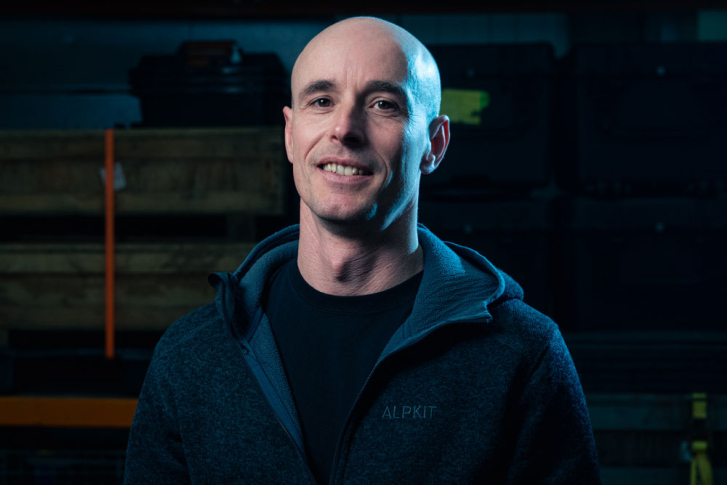Internal waves in the ocean are underwater waves that move along layers of different densities, much like surface waves but within the interior of the ocean. They form predominantly through recurring tidal forces when water of different densities interacts, usually at the boundary between layers (such as warm surface water and colder deep water). These waves can be huge—sometimes over 100 meters high—and play a key role in mixing ocean waters, transporting heat, nutrients, and energy. As these waves break, they draw up colder waters, which might help counteract warming due to climate change and can support diverse ecosystems.
New Zealand is a known hotspot for internal waves globally due to its steep ocean bathymetry and coastal currents. While internal waves travel within the water column, they can also be seen during calm conditions at the surface through changes in surface roughness.
The project
This MBIE-funded Smart Idea project investigates how internal waves will change around New Zealand due to climate change, as the ocean continues to warm. Findings from this project are anticipated to provide insights into how ecosystems sustained by internal waves will change.
This project uses hydrodynamic modelling to simulate internal waves in two key regions around New Zealand: the coastal shelf of Northland and Southland. These regions were chosen as they are rich in internal waves, and climate projections show different rates of warming in both regions, allowing insights into internal wave dynamics. The effect of climate change on internal waves will be evaluated through simulations of present-day conditions and conditions with ongoing global warming.
In addition to hydrodynamic modelling, available in situ data and satellite images from the past decades will be used to map internal waves around New Zealand and compiled into an atlas to detect changes. Artificial intelligence techniques will be used to detect internal wave features and characterize them.
Updates of the project will be through social media (LinkedIn and Bluesky) and this webpage.


